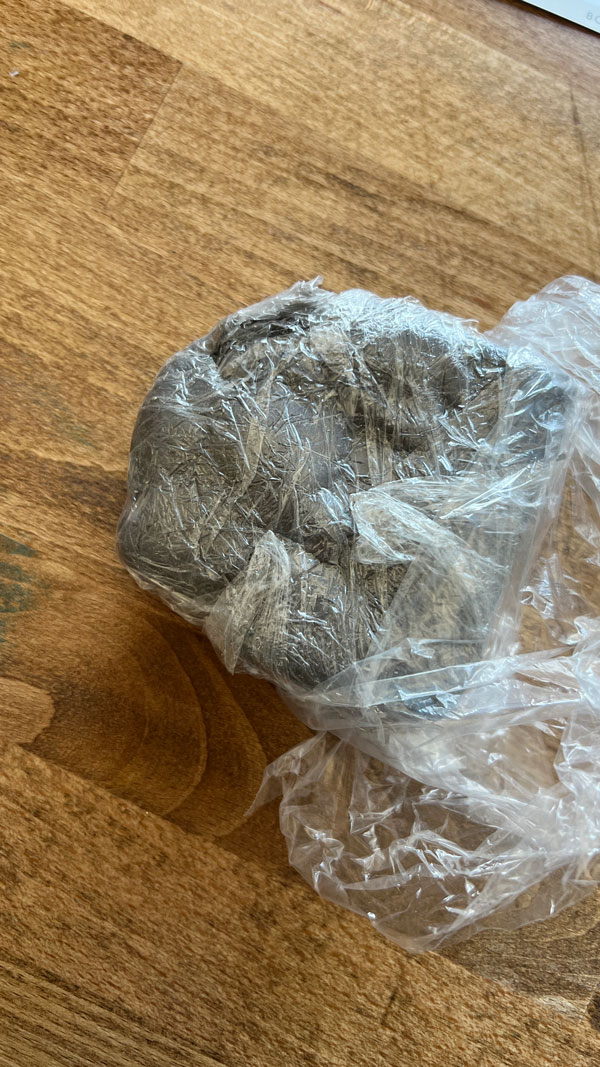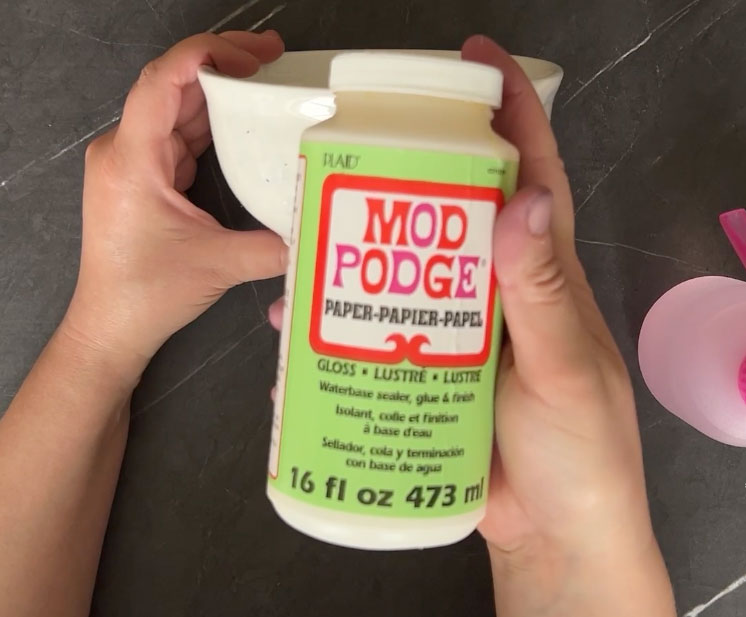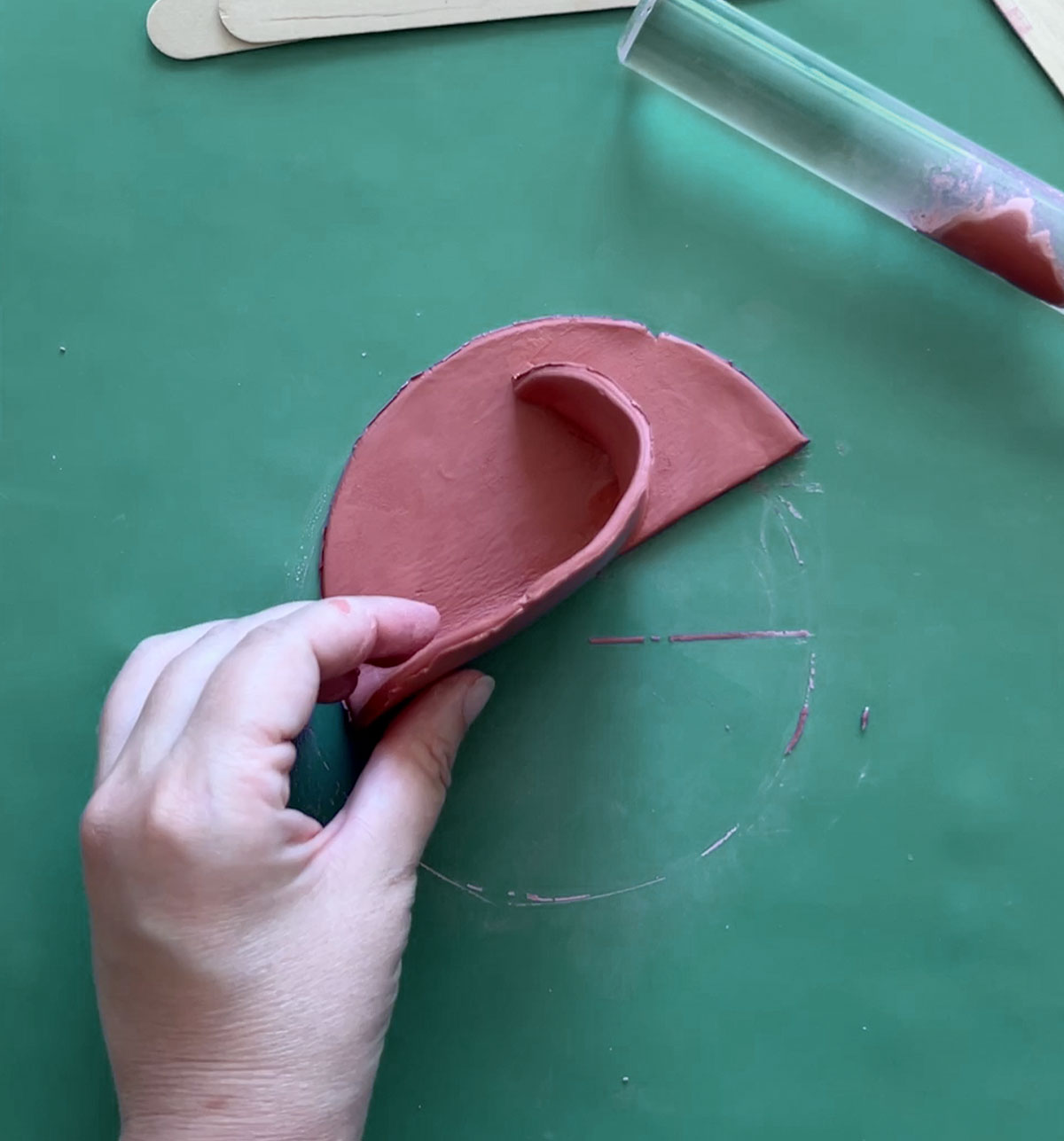Does Air Dry Clay Stay Hard?
This post may contain affiliate links.
Crafting with air-dry clay is a lot of fun. But have you ever wondered how durable your creations actually are?
Air dry clay stays hard when exposed to air and can dry and harden in less than 24 hours. However, its ability to remain hard depends on how long you leave it to dry. Therefore, the clay would remain hard if you let it dry for a relatively long time.
Air dry clay’s versatility and relative cheapness are the primary reasons I use it for my crafting projects. It’s an excellent craft material for creating things like sculptures, figurines, bowls, and vases — although you might need some help learning how best to use it. That’s why I decided to include a step-by-step guide in this article!

Best Practices for Drying Air Dry Clay
While I’m a big advocate for trying out new materials for your crafting, you still need to understand how best to work with these materials to create the best outcomes. Let’s discuss some best practices for drying and working with air-dry clay.
Generally speaking, working with air-dry clay is similar to working with regular clay. Air dry clay needs at least one whole day to harden, but you may need to leave it out for a few days to set completely. This longer drying time is because air dry clay is mineral-based and retains slightly more moisture.
To avoid structural damage, you don’t need to fire air dry clay, and I’d recommend drying it at room temperature — around 68–72 °F (20–22 °C).
If you’re interested in learning more, check out my beginner’s guide to using air-dry clay. I discuss what you should do when the clay is too soft. And I go over a few items you can make using this type of clay.
Pros and Cons of Using Air Dry Clay
Air dry clay is one of the most popular mediums for crafting. It’s easy to work with, comes in various types, sizes, and colors, and can be used to create a wide range of projects. However, air-dry clay also has some disadvantages that make it less suitable for professional artists or those with more experience with other types of clay.
Pros
Here are a few pros of using air dry clay:
- Air dry clay is non-toxic. The most this clay can do to your skin is stain, but the stains are easy to wash off.
- Air dry clay is very flexible because you can remove it from a mold and reuse it. Don’t worry about wasting any clay or having too much left over.
- It is straightforward to customize. After creating your piece of art, you can decorate as you wish by painting, drawing, and adding beads or sequins.
Cons
Here are a few cons of using air dry clay:
- Air dry clays are particularly bad at drying because they don’t have the same chemical properties as oven-bake clays and other types of clay. Although you can bake air-dry clay, it’s not a recommended approach. A project created with air-dry clay will take longer to dry than those made from different types of clay.
- It has its limitations. The good news is that you can use air-dry clay as a medium to make lots of different things, but there are some things you can’t do with it. Unlike an oven-bake clay that can create sculptures or 3D objects, air-dry clays don’t have enough strength for this purpose.
- You may end up with smaller projects. Since you dry air-dry clay in an open-air environment, the drying process pulls out more moisture than in other clays, making the final product shrink to smaller than originally intended.
Key Takeaways
The beauty of using air dry clay is that you don’t have to be an expert crafter to make something cool. All you need is your imagination!
Still, it’s okay if you don’t want to work with clay. You can also use wood or wire to make some pretty exciting projects. For example, check out my article on How to Make a Wire Sculpture: Modern Line Art in 3D! to learn more awesome ways to create art.





